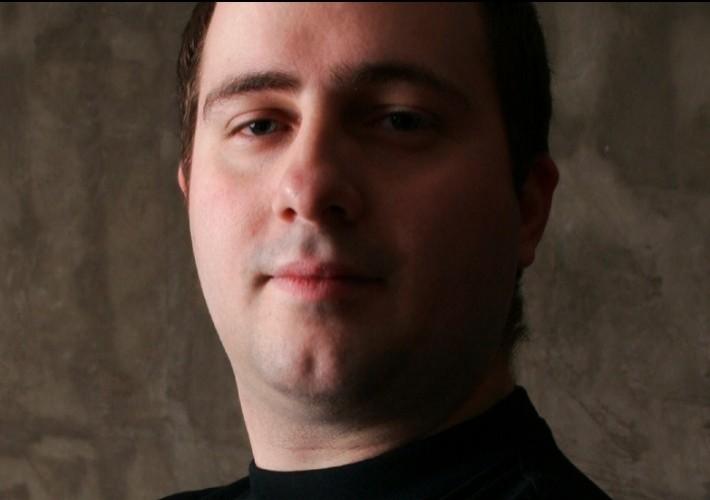I recently saw a post in a web forum from a manager that was asking for connections to a couple of big publications. His artist had been added to two bigger “editorial” playlists on Spotify and was doing some 100,000 streams.
He was certain that these playlists would get him interest from bigger publications but none of them replied to his emails. And several comments were just that being on playlists you need over 20 million streams on Spotify before things happen.
I did a panel this Spring with the top four bloggers and big publications on a Showcase Festival. One of the quotes was “If you start your mail to us by describing how many Spotify streams you have, that is a good reason right way for us to throw it in the trash.”
This is part of a new problem that has been rising for quite some time now in the music industry. The gap where you get traction is much wider than before. In the ’80s and '90s you signed a band to a very small label that mainly gave out a record with very limited do it yourself PR. That got local attraction and with that, you could move the artist upwards to an Indie company with some national and some limited international connections and PR. There you did like two to three albums and got recognition. From there you could jump on to a major label, and back then there where more than ten of them. And then you got a full PR that was international.
Today you must almost conquer all that the indie labels were doing, by doing it yourself. Which is possible but a very daunting task. The middle section of record labels is gone, either that or they are now depending on a major or has vanished. On the major side, there are only three left (well four if you count some new publishers). All these wait until the artist has the fan-base that they require before they sign anything. But lately when I speak to managers they more or less just say that if this and or that label don’t grab them in next six months, they will keep on doing it and just do the whole journey by themselves. So even these bigger ones are missing out opportunities with the new gap.
This has led to the fact that many don’t understand how much work it is from the start before you get any interest from a bigger company to show interest. Or even any publications or gig places to work.
Of course, you can be discovered but then you are owned by the major label. Here I’m talking about real artists not made up boybands and projects from talent shows on TV.
I get many artists telling me that they would like to send their lastest recording to record labels. My answer is that yes if you have good songs, but more important is future plans or proof on the fanbase. My latest signings with record labels have been on the story and what is coming up, in some cases they didn’t even care to listen to the music before signing.
To sum it up we are all looking for the fanbase. Real fanbase. I was at a showcase festival and was hanging with a couple of A&R reps from the top ten biggest labels. Of course, they started bragging about their latest signings.
- “I just signed a band that have 6 million streams on Spotify alone.”
Everybody rolled their eyes, and you could really see no one was impressed.
- “None of the streams are from playlisting.” The guy added.
Suddenly everybody was listening.
Are you sure it’s real fanbase streams?
- “Yes, we force them to show us their Spotify artist page and we collaborate it against Youtube, Facebook, Instagram and they match. They have been working hard to get real superfans and have a phenomenal dedicated following.”
There you have it. You need to get a fanbase that can generate 6 million streams on a single in around two months. No playlisting or other fake things. I would guess in the old days it was equivalent with 500,000 streams in a half-year or even so low as 100,000 in two months. This gap just gets wider and wider, because the market is not local it’s international.
With all this, I’m glad that some people open up places where you can get that fanbase, like Cashbox Radio (https://www.cashboxradio.ca/) where they will play the new music for the audience to find it. Not caring so much about a fanbase. Like my great friend, Sandy Graham, who started Cashbox Radio says “Someone has to play a hit song for the first time. I want that to be our radio station.”
We really need this.
Editor's Note: Peter Åstedt has been working in the music industry for over 30 years. He has started record labels, distribution systems, and publishing companies. Peter also runs several major showcase festivals. He has worked with the Top Ten most streamed songs and had music on both the Olympics and SuperBowl.
htttp://www.musichelpblog.com



